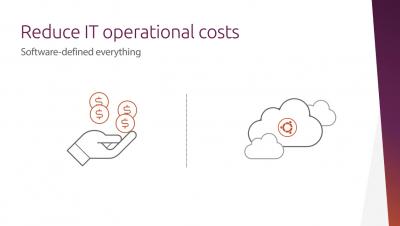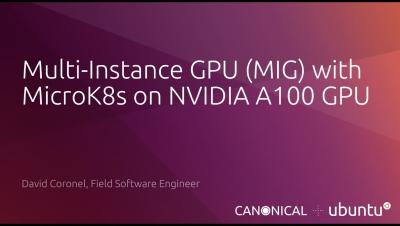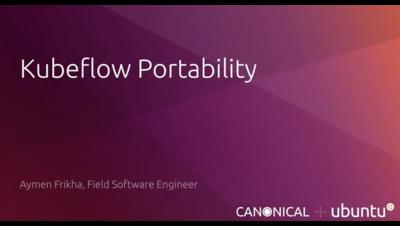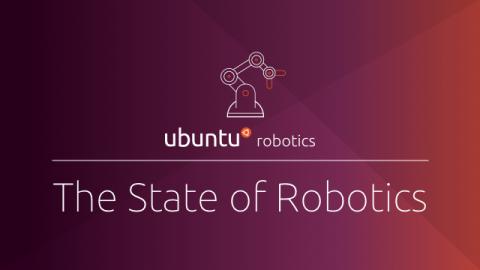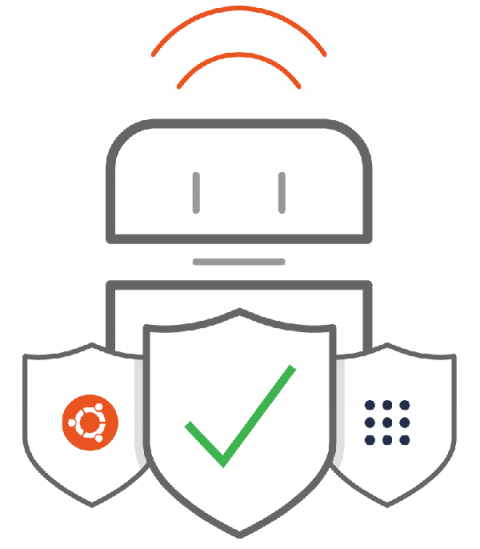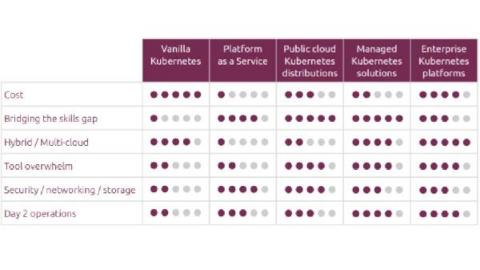Operations | Monitoring | ITSM | DevOps | Cloud
Canonical
Building and running FIPS containers on Ubuntu
Whether running on the public cloud or a private cloud, the use of containers is ingrained in today’s devops oriented workflows. Having workloads set up to run under the mandated compliance requirements is thus necessary to fully exploit the potential of containers. This article focuses on how to build and run containers that comply with the US and Canada government FIPS140-2 data protection standard.
Should you ever reinstall your Linux box? If so, how?
Broadly speaking, the Linux community can be divided into two camps – those who upgrade their operating systems in-vivo, whenever there is an option to do so in their distro of choice, and those who install from scratch. As it happens, the former group also tends to rarely reinstall their system when problems occur, while the latter more gladly jump at the opportunity to wipe the slate clean and start fresh. So if asked, who should you listen to?
From lightweight to featherweight: MicroK8s memory optimisation
If you’re a developer, a DevOps engineer or just a person fascinated by the unprecedented growth of Kubernetes, you’ve probably scratched your head about how to get started. MicroK8s is the simplest way to do so. Canonical’s lightweight Kubernetes distribution started back in 2018 as a quick and simple way for people to consume K8s services and essential tools.
Multi-instance GPU (MIG) with MicroK8s on NVIDIA A100 GPU
Kubeflow portability
The State of Robotics - March 2021
It’s never too late to learn. As any reinforcement learning agent, we get rewarded by the new knowledge that we acquire. Likewise, we learn by doing, by rolling up our sleeves and getting to work. (Do you want a hands-on book on Reinforcement Learning? Here is my personal favourite) March has shown us great examples of this. From robots learning to encourage social participation to detect serious environmental problems, it was a learning month.
Kubernetes 1.21 available from Canonical
Today, Canonical announces full enterprise support for Kubernetes 1.21, from cloud to edge. Canonical Kubernetes support covers MicroK8s, Charmed Kubernetes and kubeadm. Starting with 1.21, moving forward Canonical commits to supporting N-2 releases as well as providing extended security maintenance (ESM) and patching for N-4 releases in the stable release channel.
Hardened ROS with 10 year security from Open Robotics and Canonical
Canonical ROS ESM customers now can access a long-term supported ROS and Ubuntu environment by the Ubuntu and ROS experts. Learn more about ROS ESM. 6 April 2021: Canonical and Open Robotics announced today a partnership for Robot Operating System (ROS) Extended Security Maintenance (ESM) and enterprise support, as part of Ubuntu Advantage, Canonical’s service package for Ubuntu. ROS support will be made available as an option to Ubuntu Advantage support customers.
How to choose the best enterprise Kubernetes solution
While containers are known for their multiple benefits for the enterprise, one should be aware of the complexity they carry, especially in large scale production environments. Having to deploy, reboot, upgrade or apply patches to patches to hundreds and hundreds of containers is no easy feat, even for experienced IT teams. Different types of Kubernetes solutions have emerged to address this issue.


